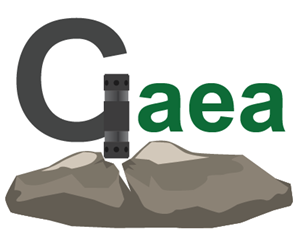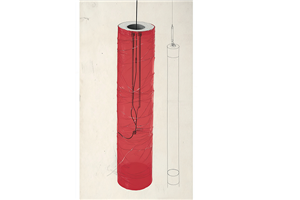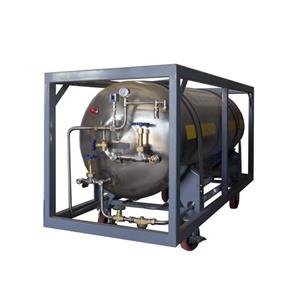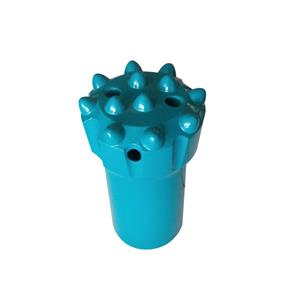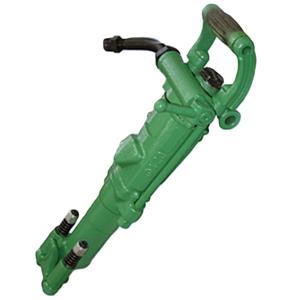What forces will the drill rod be subjected to during the rock drilling process?
The threaded connecting rod is also called the connecting drill rod, hydraulic drill rod, hydraulic drill rod, heavy drill rod, and threaded connecting drill rod. It is a connecting device between the rock drill, shank adapter, and drill bit. It transmits the impact work and rotational torque of the hydraulic rock drill to the threaded connecting drill head to break the rock. Next, we will analyze the various forces that the drill rod is subjected to during the rock drilling process in depth to reveal its working principle and importance.
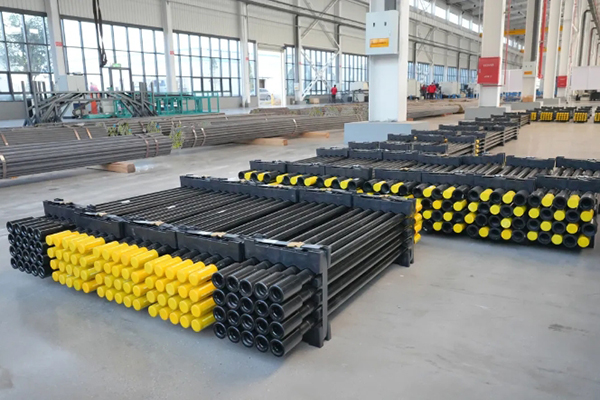
1 Axial compressive stress and tensile stress
When performing rock drilling operations, the high-frequency, high-power hydraulic rock drill piston will generate impact force, which acts on the shank adapter and is transmitted to the drill rod through the threaded end of the shank adapter, and then transmitted to the drill head through the drill rod, and finally the drill head will act on the rock. After the rock is impacted, a reaction force will be generated, and this reaction force will be transmitted back to the drill rod through the drill head, causing the drill rod to be subjected to axial compressive stress and tensile stress during the rock drilling process. This stress tests the strength and stability of the drill rod.
2 Bending stress
Since the drill rod is a slender rod, factors such as unevenness, its own weight, axial thrust, and the impact force of the rock drill may cause it to bend and deform. This bending deformation will lead to non-linear transmission of impact energy, causing the drill rod to be subjected to bending stress during the rock drilling process.
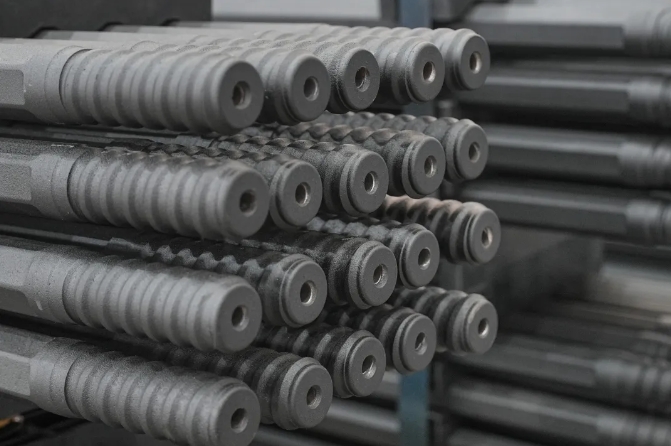
3 Torsional stress
During the rock drilling process, the drill tool assembly (including shank adapter, drill rod, connecting sleeve, and drill head) is driven and rotated by the rotating part of the rock drill. During the rotation process, the drill rod must overcome various rotational resistances and is therefore subjected to torsional stress. This requires that the drill rod must have sufficient torsional strength to ensure its stability and durability during the rock drilling process.
4 Friction of hole wall and rock slag, and scouring and corrosion of slag water
During the rock drilling process, the drill rod will also be subjected to friction of the hole wall and rock slag, as well as scouring and corrosion of slag water. These external factors will cause wear and corrosion to the surface of the drill rod, thereby affecting its service life and performance.
5 Special operations of drill rods during rock drilling
During the actual rock drilling process, the operator may also encounter some special situations, such as using the drill rod to pry anchors, smooth surface blasting, drill bit stuck, drill withdrawal and pulling, and empty drilling. These special operations will put forward higher requirements on the comprehensive performance of the drill rod. For example, during the anchor prying process, the drill rod needs to withstand greater bending and torsional stress; during smooth surface blasting, the drill rod needs to withstand the impact of high temperature and high pressure; when the drill is stuck or pulled, the drill rod needs to withstand greater tensile stress.
